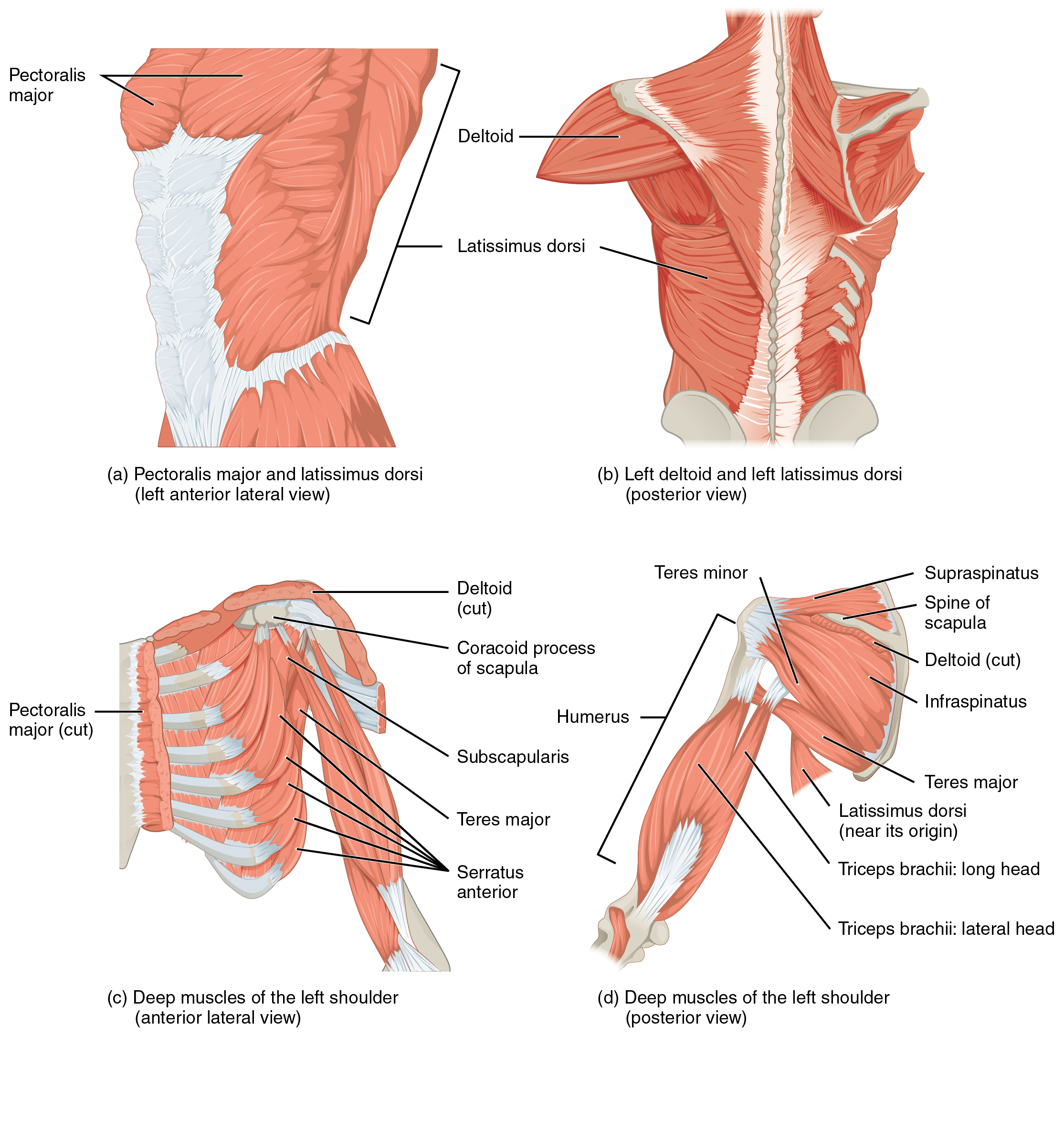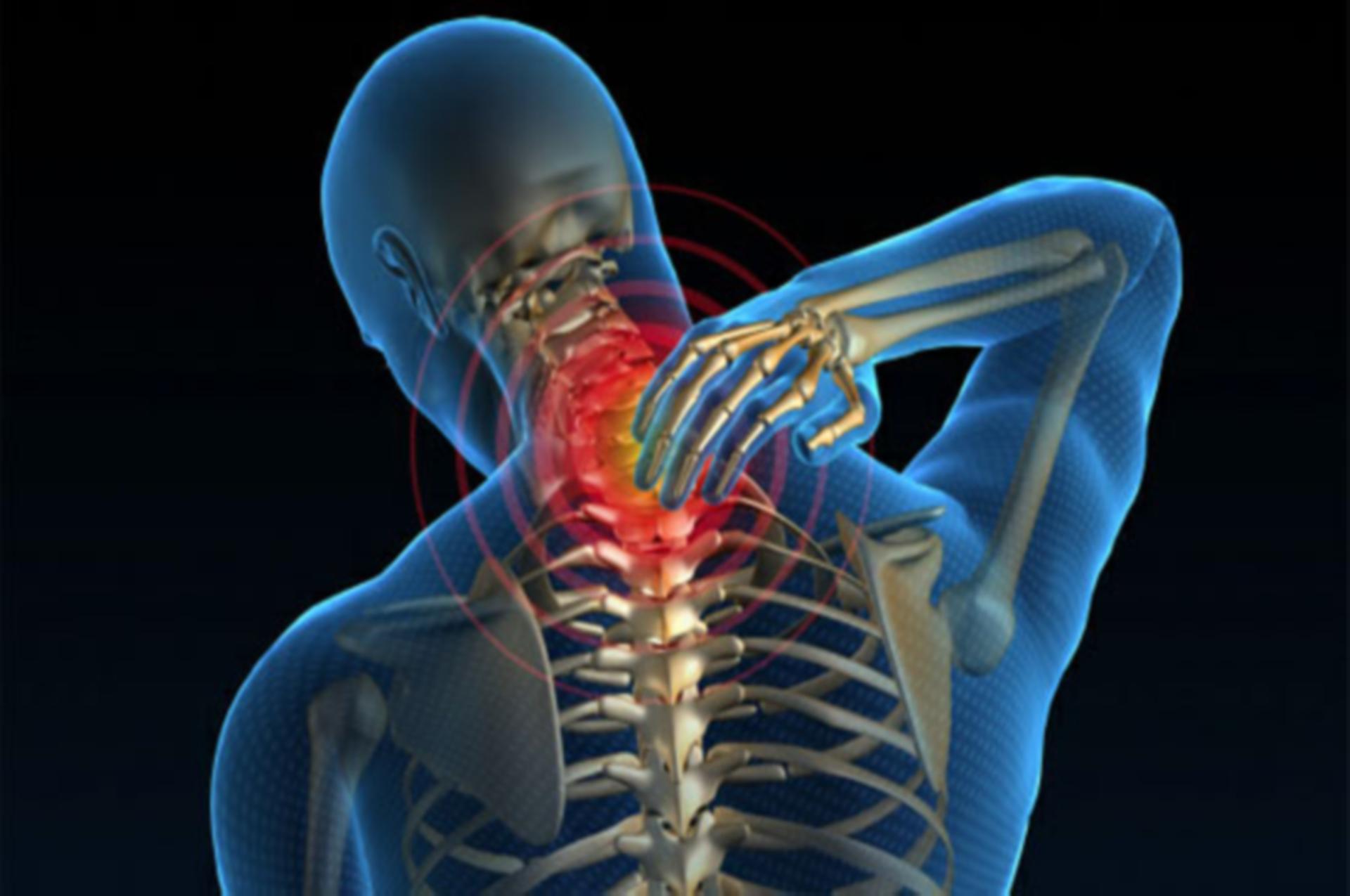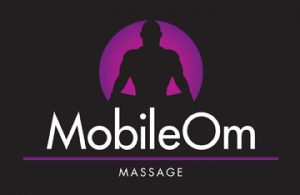IASTM Could Be Right for You
At Mobile Om, our massage therapists are committed to delivering the latest in therapeutic massage techniques. IASTM is one of the newest healing modalities we’ve been educated on and have incorporated into our practice. Learn more about this technique and how it might be right for you.
What is IASTM?
IASTM stands for Instrument Assisted Soft Tissue Mobilization and it’s a technique used by massage therapists, chiropractors, physical therapists, and other therapeutic medicine practitioners. IASTM is not a new science in working with muscles – in fact, it’s been used in Eastern Medicine for quite some time in the form of a practice called Gua Sha.
What is Gua Sha?
Gua Sha is a natural healing technique that promotes circulation and healing by scraping the skin likely with a massage tool. In the early days of this technique, tools for gua sha ranged from antlers and soup spoons to animal horns.
Today, it’s become a much more developed and widely used practice with specialized IASTM instruments made from metal, crystal, or stone. For example, gua sha for beauty purposes often involves facial massage using a jade roller while IASTM for muscle trauma may use a smooth, curved metal tool. Either way, it can have great benefits!

How Does IASTM Work?
To perform IASTM work, your therapist will use one or more special tools specifically designed to mobilize soft tissue or joints that may be causing you discomfort.
Applying appropriate pressure and movement, IASTM tools will help in the breaking down of fibrous tissue or scar tissue that might be making you feel uncomfortable or could be impeding your recovery process after an injury.
The tools and IASTM technique also promote greater circulation, which can be helpful in supporting your body’s natural ability to heal, improve skin tone, or encourage lymphatic drainage.

Where is IASTM used?
Massage therapists often use IASTM to help those with limited range of motion, pain during motion, muscle trauma or strains, tension headaches, and back, heel, or knee pain.
Many people may also incorporate gua sha into their daily wellness routine for better skin or relaxation by using a roller or gua sha tool for facial massage. Depending on your unique circumstances, your therapist will work with you to understand your muscle concerns and how IASTM might be appropriate to work into your appointment.
Are there any side effects?
Anyone new to IASTM is likely thinking, “Is this going to hurt me?” IASTM, as a therapeutic practice, is not designed to be painful. You may feel some discomfort while it is being used, but it’s important to communicate with your therapist to let him or her know so that technique can be adjusted.
As for what IASTM can feel like, typically, your massage therapist will use smooth motions to glide the instrument over your skin. Sometimes, you might feel a sort of “crunchy” feeling in your muscles, but this is completely normal! As with other forms of massage, you may also feel pressure so make sure to give your therapist feedback on how you’re feeling throughout your appointment.
After receiving IASTM, some clients may experience redness on the area where work was performed and you may also experience some slight soreness for a few days after treatment. Depending on your sensitivity, bruising may also occur.
As always, be sure to talk to your therapist about your unique needs as a client. If you’re taking any blood thinners or have any health concerns that could affect your appointment experience, make sure to disclose that information prior to trying IASTM.
